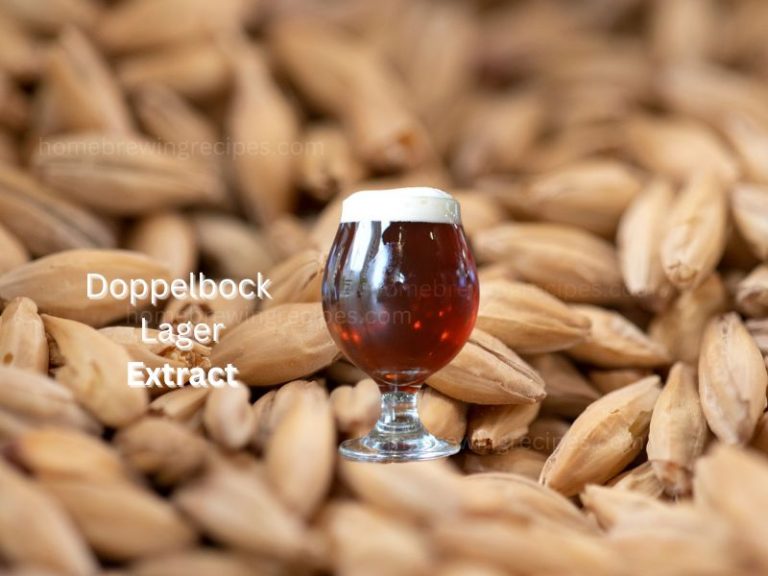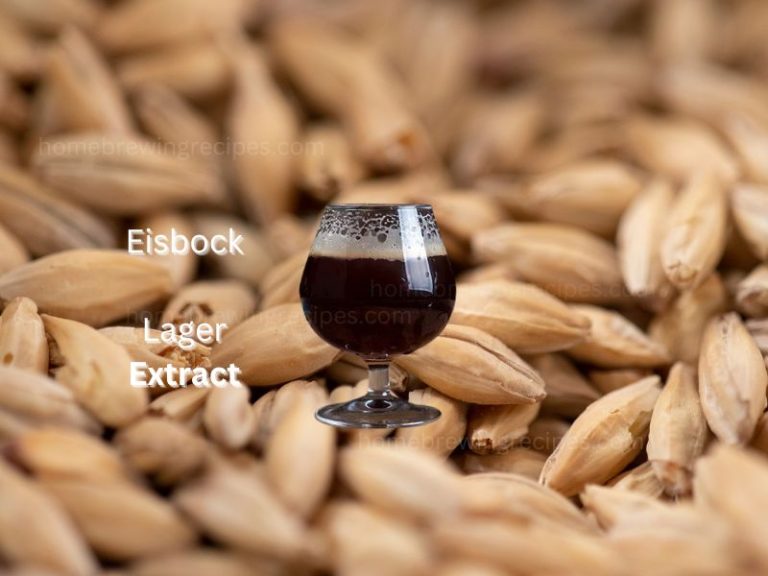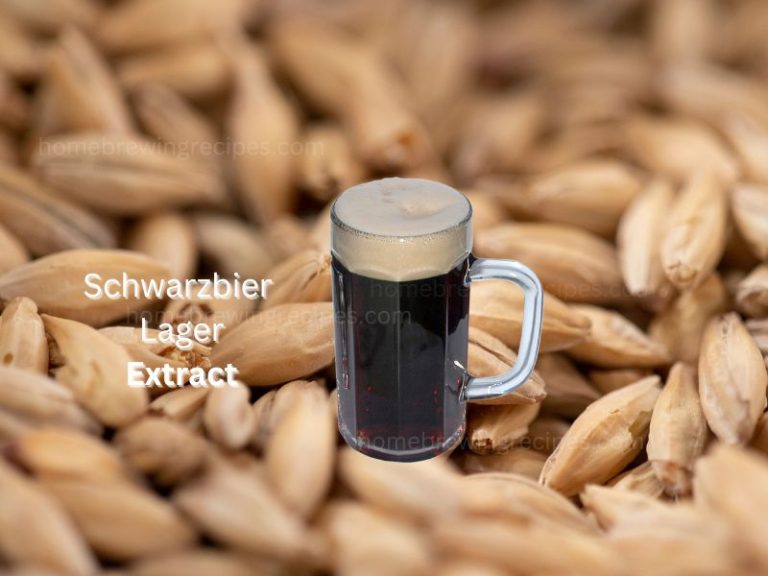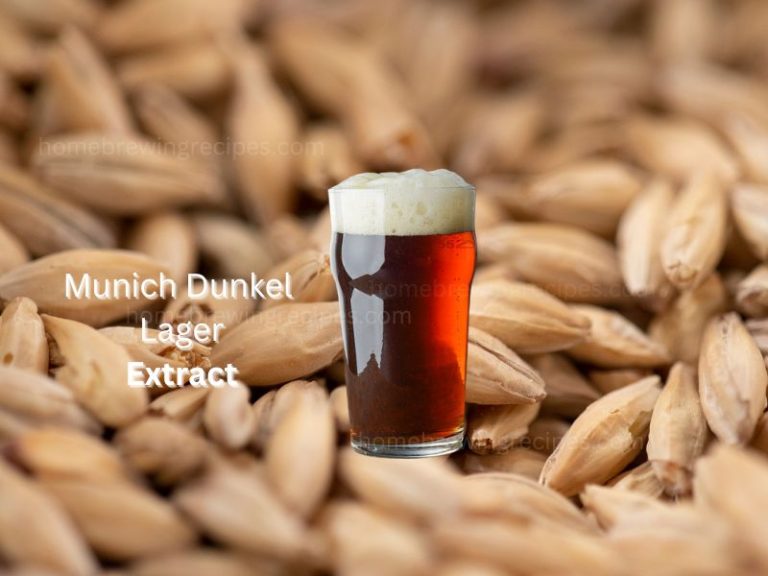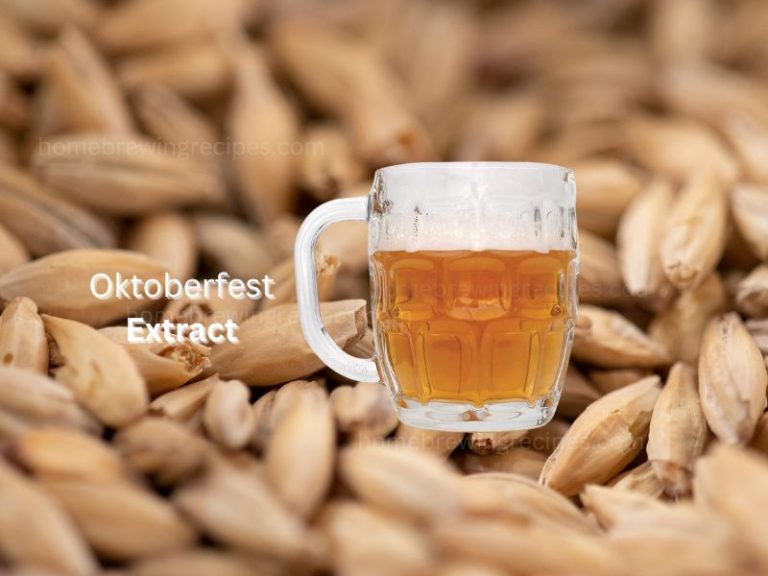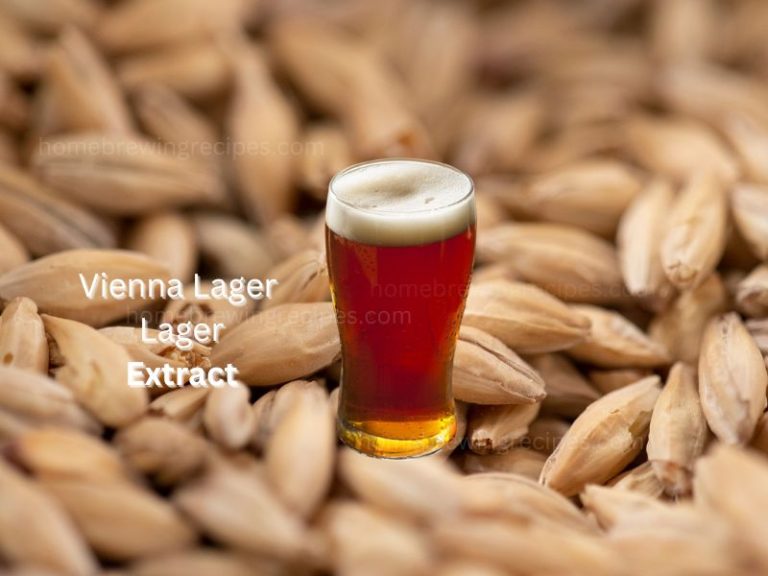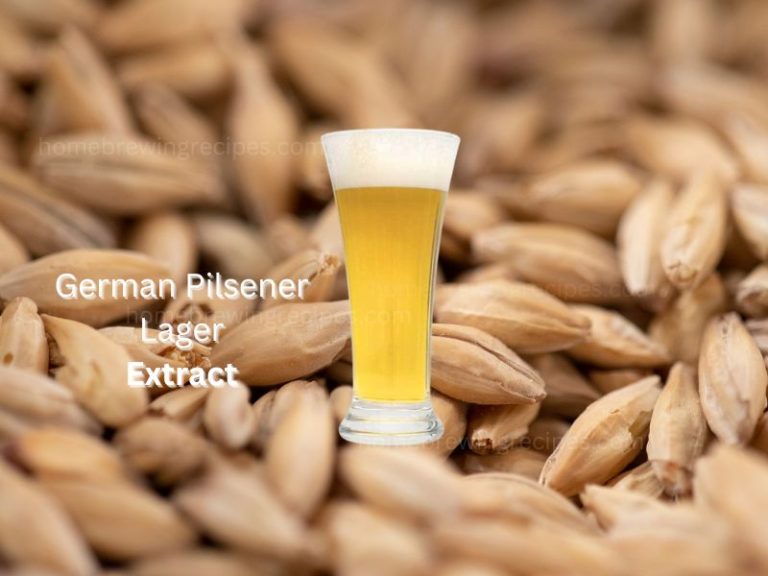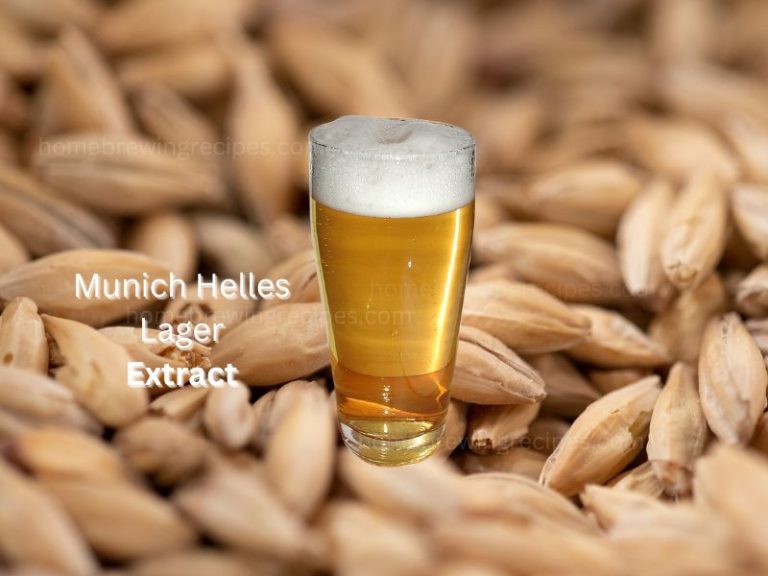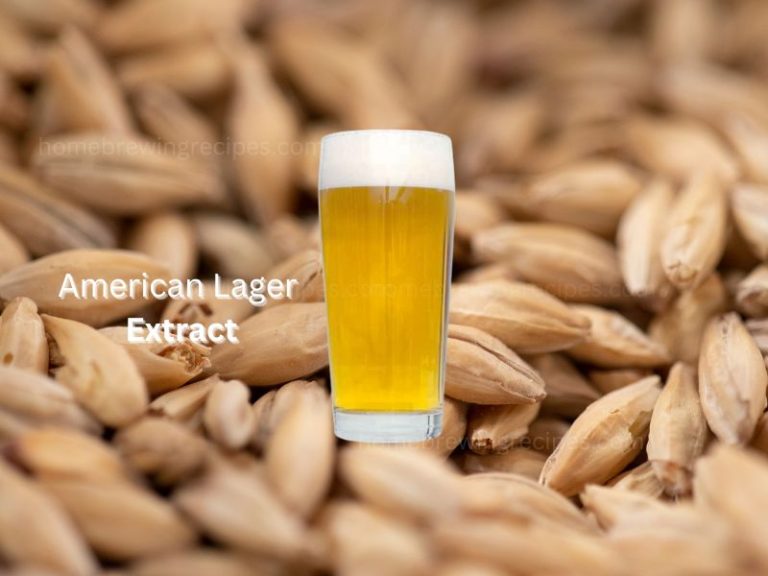Recipe Profile
Let me regale you with the tale of the Doppelbock, a brew as mighty as Thor’s hammer and as delightful as Freyja’s beauty. Born out of the cold heart of Bavaria, Doppelbock was originally brewed by monks to serve as ‘liquid bread’ during times of fasting. But you don’t need to take a vow of silence to enjoy it, thank the beer gods! It’s a personal favorite of mine, for its robust character, richness, and, well… it keeps the monk’s robe on the slender side if you catch my drift.
INGREDIENTS
- 6 lbs of Munich Malt Extract
- 3 lbs of Pilsner Malt Extract
- 1 lb of Crystal Malt 60L
- 1 lb of Chocolate Malt
- 2 oz. of Hallertau Hops (5.4% AA)
- 2 packets of Wyeast 2206 (Bavarian Lager Yeast)
- 3/4 cup of priming sugar for bottling
- 1 muslin bag
INSTRUCTIONS
- Heat 2.5 gallons of water to 155°F. Take that muslin bag I mentioned (no, not for a game of hopsack!) and fill it with the crushed Crystal and Chocolate Malts. Let that tea-bag-looking-bag steep in the hot water for about 30 minutes.
- Once done steeping, remove the grain bag, and bring the wort to a rolling boil.
- Add Munich and Pilsner malt extracts, stirring until dissolved. Then add 1.5 oz of Hallertau hops.
- Boil this potion of joy for 60 minutes. Add the remaining 0.5 oz of Hallertau hops for the last 5 minutes of boiling.
- After boiling, cool down your wort to around 70°F and transfer it to your fermenter.
- Pitch yeast into the fermenter. Remember, we’re using Wyeast 2206, but more on that later.
- Let it ferment at a cool 50°F for two weeks.
- Now, raise the temperature to 65°F for the diacetyl rest for 48 hours. This step will ensure any buttery diacetyl flavors are cleaned up by our hardworking yeast.
- After the rest, lower the temperature to 35°F and lager for 4 weeks.
- Prime, bottle, and let it condition for another 2 weeks before tasting.
EXPECTED STATS
- Original Gravity (OG): 1.076
- Final Gravity (FG): 1.018
- Alcohol by Volume (ABV): 7.6%
- International Bitterness Units (IBU): 24
A Doppelbock requires patience. Lagering at lower temperatures for extended periods helps achieve its signature smoothness. The diacetyl rest is critical too, it’s like giving our yeasty friends a well-deserved spa day before they tackle the job of lagering. Trust me, the resulting clean, malty profile is worth it.
The Wyeast 2206, the yeast with the zest! Originating from Bavaria (no surprise there), it’s perfect for creating rich, malt-forward lagers. It’s a hardy little beast that can handle the extended lagering period of a Doppelbock and still deliver a clean fermentation.
The term Doppelbock literally translates to “double buck”. But don’t let that fool you! The “double” doesn’t mean it’s twice as strong. It’s just a touch stronger and richer than its cousin, the Bock. Also, the Paulaner monks who first brewed it named it ‘Salvator’, which many breweries still use as a suffix for their Doppelbocks. Cool, huh?
If you ever get tired of your own brew (perish the thought!), try ‘Paulaner Salvator’, ‘Ayinger Celebrator’, or ‘Weihenstephaner Korbinian’. But remember, no commercial brew can match the charm of your own labor of love!
When you finally crack open a bottle of your homebrewed Doppelbock, expect a deep, rich, malty symphony, harmonized with toasty undertones and a hint of chocolate. It’s a full-bodied beer with a velvety smoothness that’ll make your taste buds sing the Hallelujah chorus. As for aging, let’s just say, like a fine wine (and us homebrewers), a Doppelbock only gets better with time.
So, what are you waiting for? Get your brew on, and may the brew gods be with you!
That’s the recipe for you, in true brewmaster style. Make sure to share this brew, for a beer is best enjoyed with good company. So, grab a mate or two and sail forth into the world of homebrewing Doppelbocks! Cheers!
© 2023 by homebrewingrecipes.com. All rights reserved. No part of this document may be reproduced or transmitted in any form or by any means, electronic, mechanical, photocopying, recording, or otherwise, without prior written permission of homebrewingrecipes.com.
